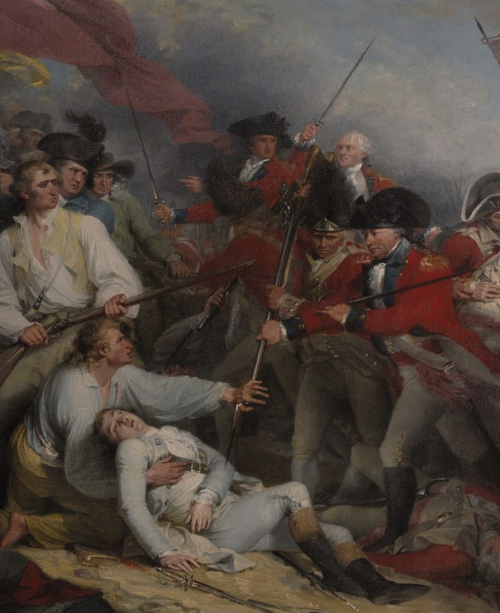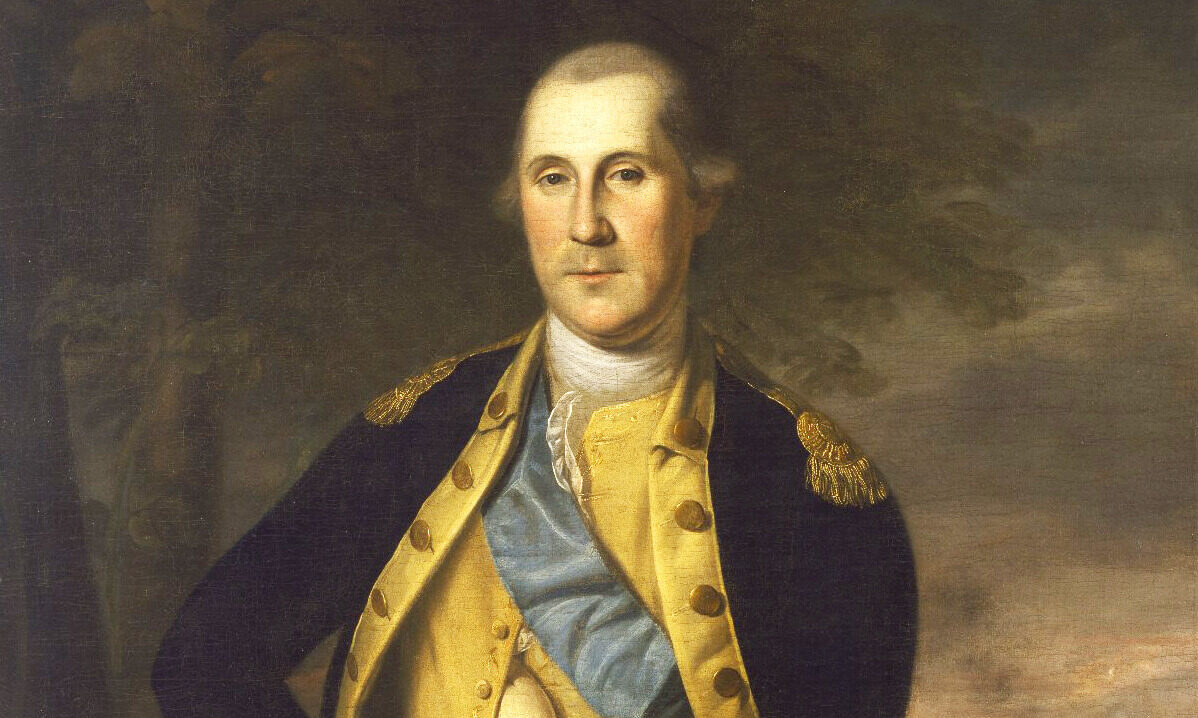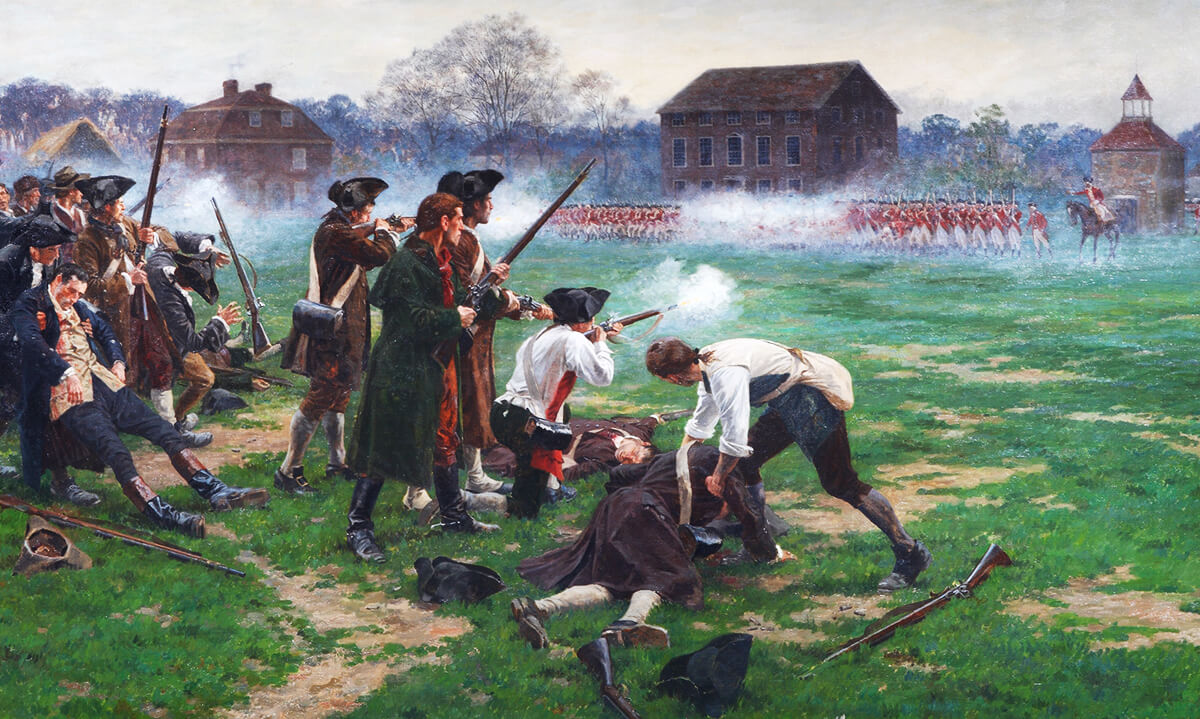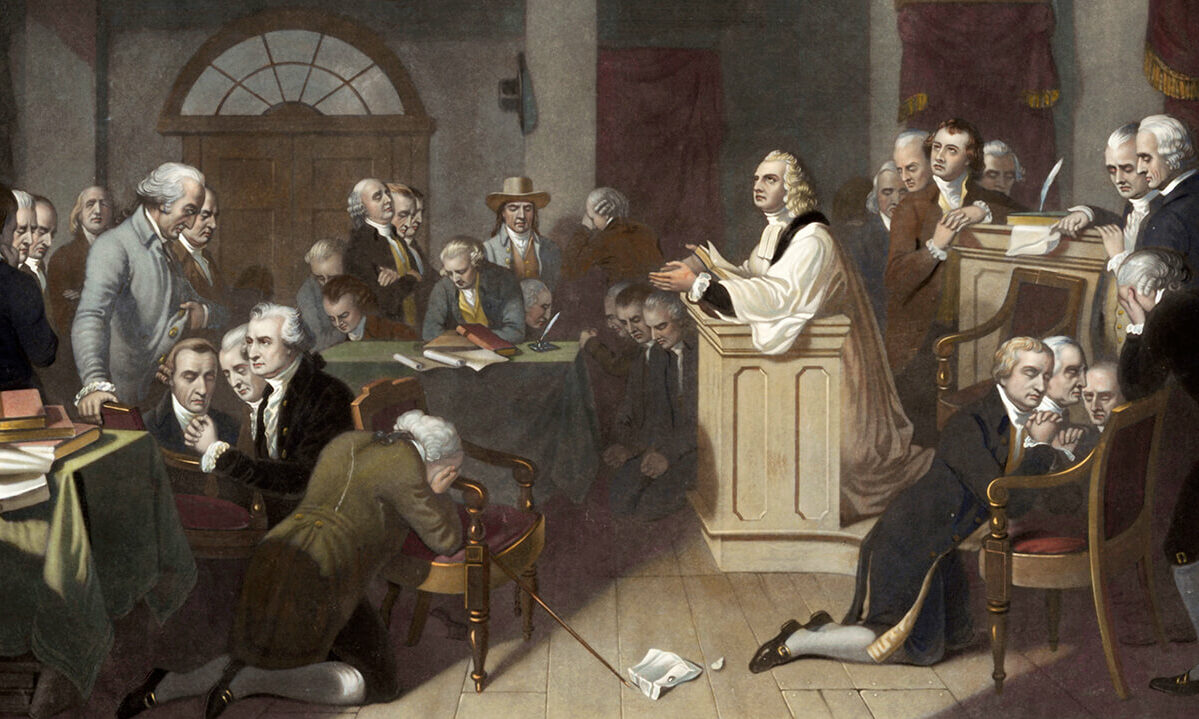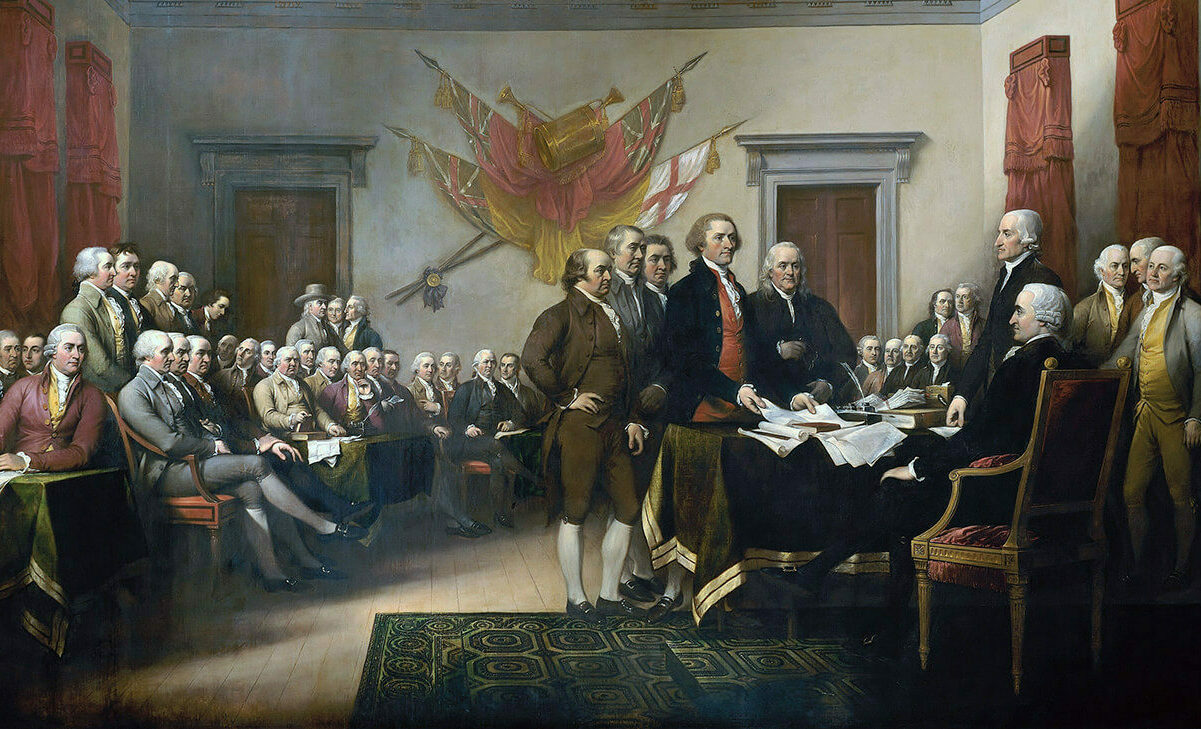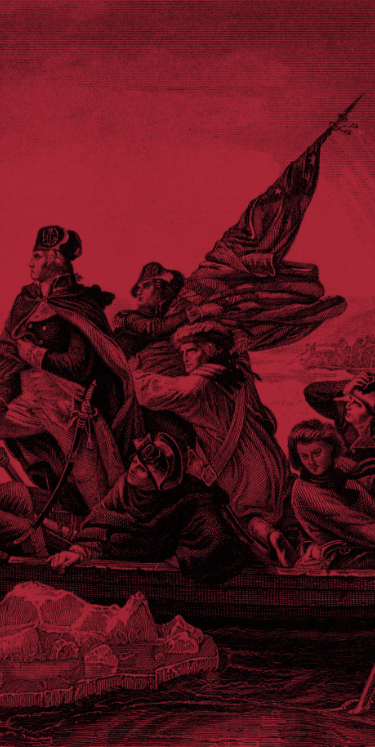We’ve all heard the phrase “separation of Church and State.” It is one of the best-known but least understood phrases in America today. It expresses the belief that there should be a wall of separation between one’s personal faith and any display of that faith in public. In America we advocate freedom of religion, yet if a teacher places a Bible on her desk,1 if a student bows his head to pray in school,2 or cheerleaders display Bible verses on their posters,3 they are accused of violating separation of church and state – of “subjecting” those around them to their faith.
As Christians, we must know how to respond. Do we know the history behind the phrase? Do we know our rights? Do we know our Founding Fathers’ intentions with the phrase?
Here are some simple ways we can respond so that we do not fall prey to the silencing of freedom of religion in the public square.
1. Where does the phrase “Separation of Church and State” originate?4
The concept of separation of Church and state actually originates in the Bible, where God created three institutions. In Genesis, God established the institution of family by creating male and female and placing them together in a lifelong union. Next came the institution of civil government to address our relationship with our fellow man. The final institution addressed our relationship with God, and was the creation of the temple, or the Church.
When God’s people left Egypt, God had them establish their own nation. At that time, God placed Moses over government and civil affairs and Aaron over spiritual ones, thus separating those two roles and jurisdictions. Neither excluded God from its operation, but each was to be headed and run by a different individual and not the same person. Later in the Bible when King Uzziah tried to combine the two institutions and serve as both a King and a Priest, God sovereignly weighed in and made clear that He did not want the same individual running both institutions together.
But in 391 AD, Emperor Theodosius combined both Church and State, and for the next twelve centuries, the State was in charge of the Church. The government decided what the official Church doctrines would be, and it punished violators who disagreed with those positions, not allowing them to practice their faith. There was a state-established Church, with the Church becoming an official arm of the State and with it being run by church officials appointed by the government. In the 1500s during the Reformation, those who followed the Bible began to call for a return to a Biblical separation of Church and State so that the government would no longer control or prohibit religious activities.
The early colonists who came to America brought this view with them, and in America they made sure that the government, or the State, could not control or limit religious beliefs or activities. This was their understanding of the separation of Church and State.
The phrase “separation of Church and State” cannot be found in the Constitution or the Declaration of Independence. In fact, it is not found in any of our nation’s founding documents. Related to government, the phrase first appeared in a letter written by Thomas Jefferson to the Danbury Baptist Association of Connecticut in 1801.5
Thomas Jefferson had worked very hard to separate the Anglican Church from the government in his home state of Virginia so that all other denominations could practice their faith without government penalty or persecution. Jefferson contributed to ending government-run religion in his state, so when he became president of the United States, the Baptists and those from other denominations were his strong supporters because he had fought for their freedom of religion – for their right to be free from state control in matters of faith.
The Danbury Baptists wrote Thomas Jefferson expressing their concern that the government might try to regulate their religious expression. In response, Jefferson wrote his now famous letter, using the phrase “Separation of Church and State” to reassure the Danbury Baptists that the First Amendment prohibited the government from trying to control religious expression. In short, the First Amendment was intended to keep government out of regulating religion, but it did not keep religion out of government or the public square.
2. What Does the Constitution Actually Say?
Today, people believe that “separation of Church and State” is in the First Amendment of the Constitution. But in the First Amendment the Constitution says, “Congress shall make no law…”
First Amendment:
“Congress shall make no law respecting an establishment of religion, or prohibiting the free exercise thereof; or abridging the freedom of speech, or of the press; or the right of the people peaceably to assemble, and to petition the government for a redress of grievances.”
The famous separation phrase appears nowhere in that Amendment, or in the Constitution.
So we must ask the question: How does a student praying over his lunch mean the same thing as Congress making a law? The answer: it doesn’t. The First Amendment meant Congress is limited from setting up a national denomination and Congress is limited from prohibiting the free exercise of religion. The First Amendment does not limit faith or the people, only the government.
The First Amendment was created by America’s Founders because of their desire to avoid something like the government-run Church of England. In fact, it was not just the government of England they longed to be different from, but they were also striving to be different from the way that churches and government had operated across most of Europe for the previous thousand years, for most nations at that time had state-established and state-controlled churches.
The Pilgrims, Puritans, and others who settled America wanted to return to God’s original plan of separating the church from government control. That long-standing American desire and practice of freedom of religion was specifically written in the First Amendment.
Here is one of the Bibles (dated 1590) that the Pilgrims and Puritan brought to America with them.6
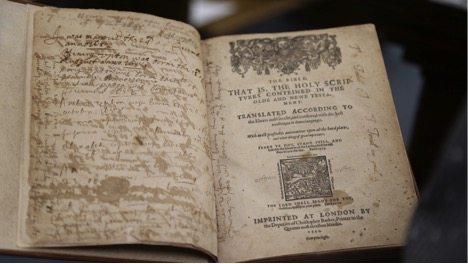
3. Faith has been part of American public Society for over 180 years.
Students had been praying over their lunches for over 180 years under the Constitution with no problem, as well as doing other religious activities that were always constitutional.
In fact, we actually have several original sermons from a church that Thomas Jefferson helped facilitate. It was a church that met inside the U.S. Capitol,7 where services were held in the House Chamber every Sunday. Both as Vice President and as President of the United States, Jefferson faithfully attended those church services inside the US Capitol and saw no constitutional problem with them, for Congress was not controlling religion for the entire nation but rather was only allowing religious expressions to occur, which was their constitutional role.
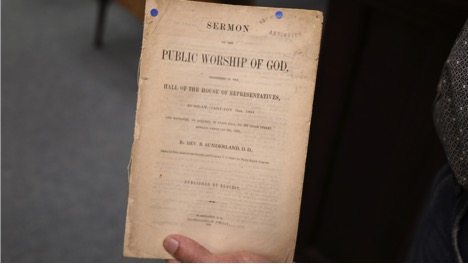
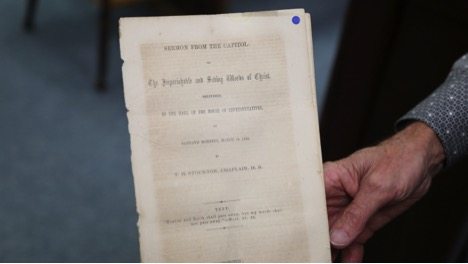
It has only been in recent years that faith has been excluded from public schools, governmental venues, and the public square. Did we just invent separation of church and state? No, the phrase has existed since centuries before Jefferson, but today its meaning has been taken out of context and twisted to mean something entirely different.
This first happened in 1947 when the Supreme Court quoted only one phrase from Jefferson’s short 1801 letter to the Danbury Baptists. The Court claimed that there was to be “a wall of separation between Church and State” and that religious activities could no longer occur in the public square.8 They took the intent and clear purpose of Jefferson’s letter completely out of context. They did not show his short letter of only three paragraphs and 233 words which contained all the context and explanation but rather lifted a 8-word phrase out of it and remained silent on the rest.
Next time you hear someone claim religion has no place in public because of the “wall of separation,” I hope you’ll remember a few of the key pieces of history that many today have forgotten.
Endnotes
1 See, for example Roberts v. Madigan, 702 F. Supp. 1505 (D. Colo. 1989), aff’d, 921 F.2d 1047 (10th Cir. 1990).
2 See, for example, Broadus v. Saratoga Springs City School District, 02-cv-0136 (N.D.N.Y. 2002).
3 See, for example, Kountze Indep. Sch. Dist. v. Matthews, No. 09-13- 00251 (Tex. App.— Beaumont 2014).
4 See an article on the history of the phrase “Separation of Church and State” here.
5 See the text of the Danbury Baptists 1801 letter to Thomas Jefferson, and Jefferson’s 1802 reply here.
6 A Geneva Bible from the WallBuilders library, belonging to the Arthur Upton family.
7 See David Barton’s article “Church in the U.S. Capitol” for more information.
8 Everson v. Board of Education, 330 U.S. 1 (1947).
Still looking for answers? Visit our FAQ page
More Resources
Know the Truth and Protect Your Freedoms.
Still looking for answers? Visit our FAQ page
Stay Informed with the Latest Resources
Enter your email address to receive our regular newsletter, with important information and updates right in your inbox!


